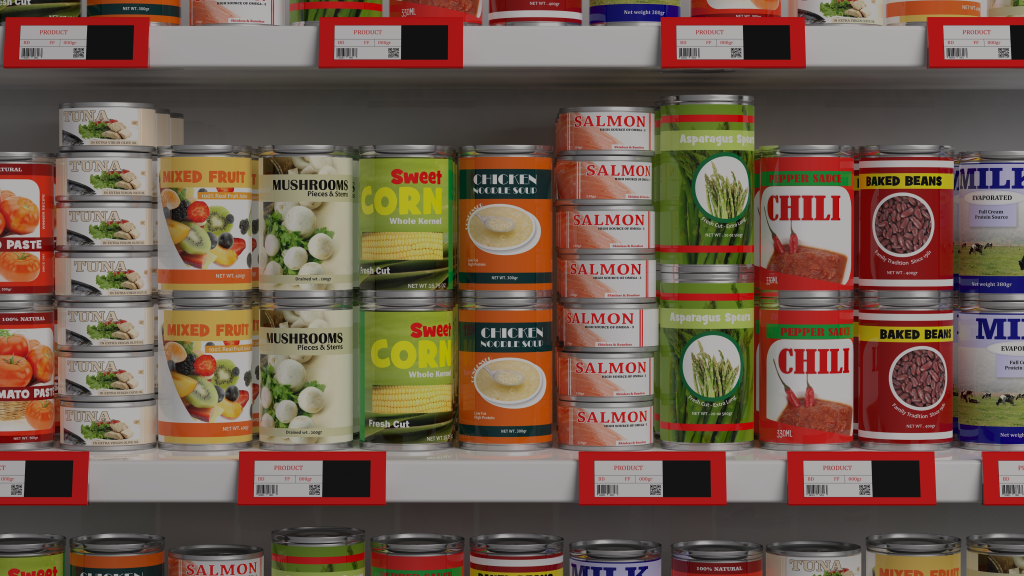Food
What is Food and How to Categorize Food?
Categorization of Food for the Purpose of Application
“Food” means edible items and those which sustain life, i.e.,
1) Substances that can be eaten, drunk, sucked or gotten into the body either by mouth or by other means, no matter in what form, but not including drugs, psychotropic substances, narcotics.
2) Substances intended for use or to be used as ingredients in the production of food, including food additives, colorings, and flavorings.
Food will be categorized based on risks into 4 categories as follows:
Category 1: Specifically controlled food, i.e.,
Food for weight control persons, modified milk for infants and modified milk of uniform formula for infants and children, food for infants and food of uniform formula for infants and small children, supplementary food for infants and young children, food additives, enzymes used in food production, cleaning or sanitizing products for food, hemp seeds, hemp seed oil, hemp seed protein and food products containing hemp seeds, hemp seed oil or hemp seed protein, food products containing certain parts of cannabis or hemp, and food products containing cannabidiol extracts
Category 2: Food with quality or standard requirements, i.e.,
Food supplements, royal jelly and royal jelly products, cow’ s milk, flavored milk, other milk products, fermented milk, ice cream, food in a hermetically sealed container, beverages in a sealed container, chocolate, vitamin fortified rice, edible salt, electrolyte drinks, tea, coffee, soybean milk in a sealed container, mineral water, certain kinds of sauces, food seasoning derived from hydrolysis or fermentation of soybean protein, fish sauce, vinegar, edible oils and fats, fish oils, butter oil, margarine, blends, fat spreads and blended fat spreads, cream, cheese, semi-processed food, honey, jam, jelly and marmalade in a sealed container, ghee, butter, alkaline-preserved eggs, tea infusion, brine for cooking, drinking water in a sealed container, and ice.
Category 3: Food with labeling requirements, i.e.,
Husked rice flour, prepared gelatin dessert and jelly, irradiated food, sauces in a sealed container, flavoring agents, bread, chewing gums and candies, ready-to-cook food and ready-to-eat food, special purposed food, meat products and food derived from genetically modified organisms.
Category 4: General food, being food that does not fall under category 1 – 3 and is mostly used as raw materials in food production or cooking, i.e.,
4.1 Animals and animal products, plants and plant products, flour and flour products, seasonings and condiments, spices, sugar, products that are used for cooking and are not ready-to-eat and rice in a ready-to-sell container. Food in this category is not required to be registered and obtain a food serial number before the production or importation. However, if the food has been registered and a food serial number has been obtained, the label must be correctly displayed.
4.2 Extracts, synthetic substances derived from plants and nutrients. Food in this category is not required to be registered and obtain a food serial number.
If general food in category 4 is contained in a hermetically sealed container, such as a metal can, a glass bottle with metal lids and rubber seals, a plastic container with an aluminum foil layer, it will be classified as food in a hermetically sealed container. Please refer to "The Notification of The Ministry of Public Health (No. 355) Re: Food in a Hermetically Sealed Container" for more information.
